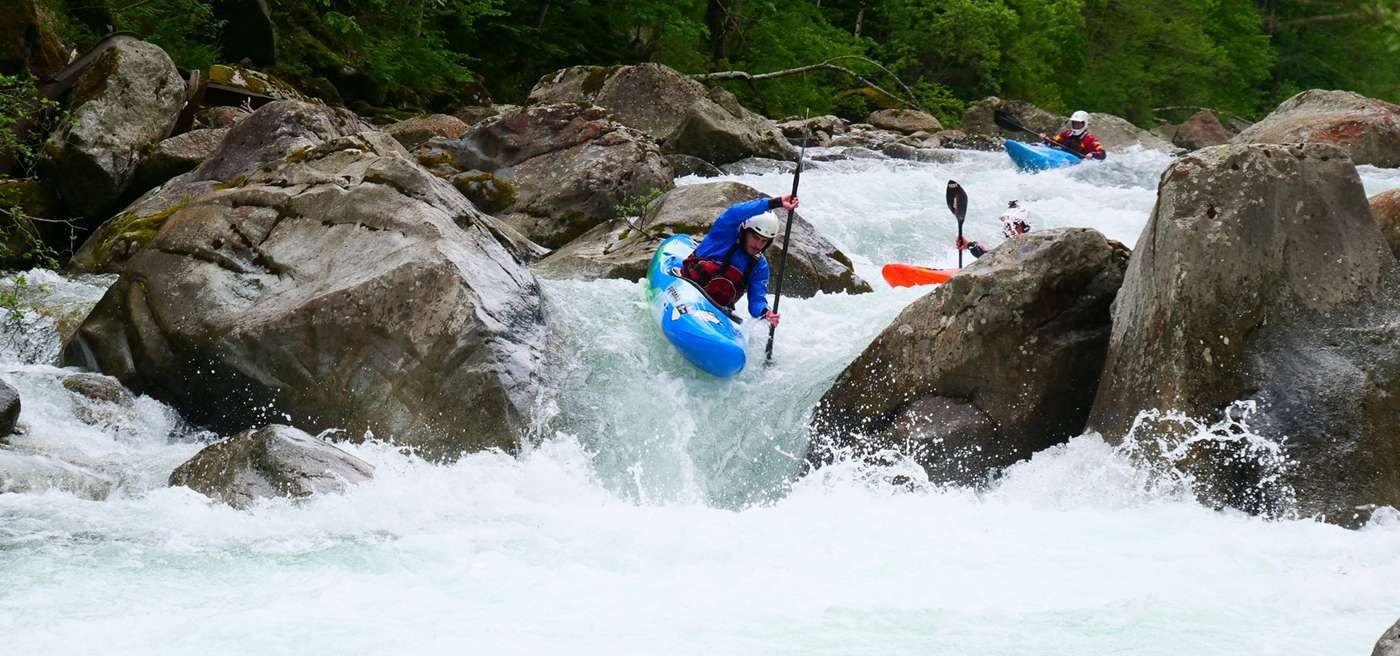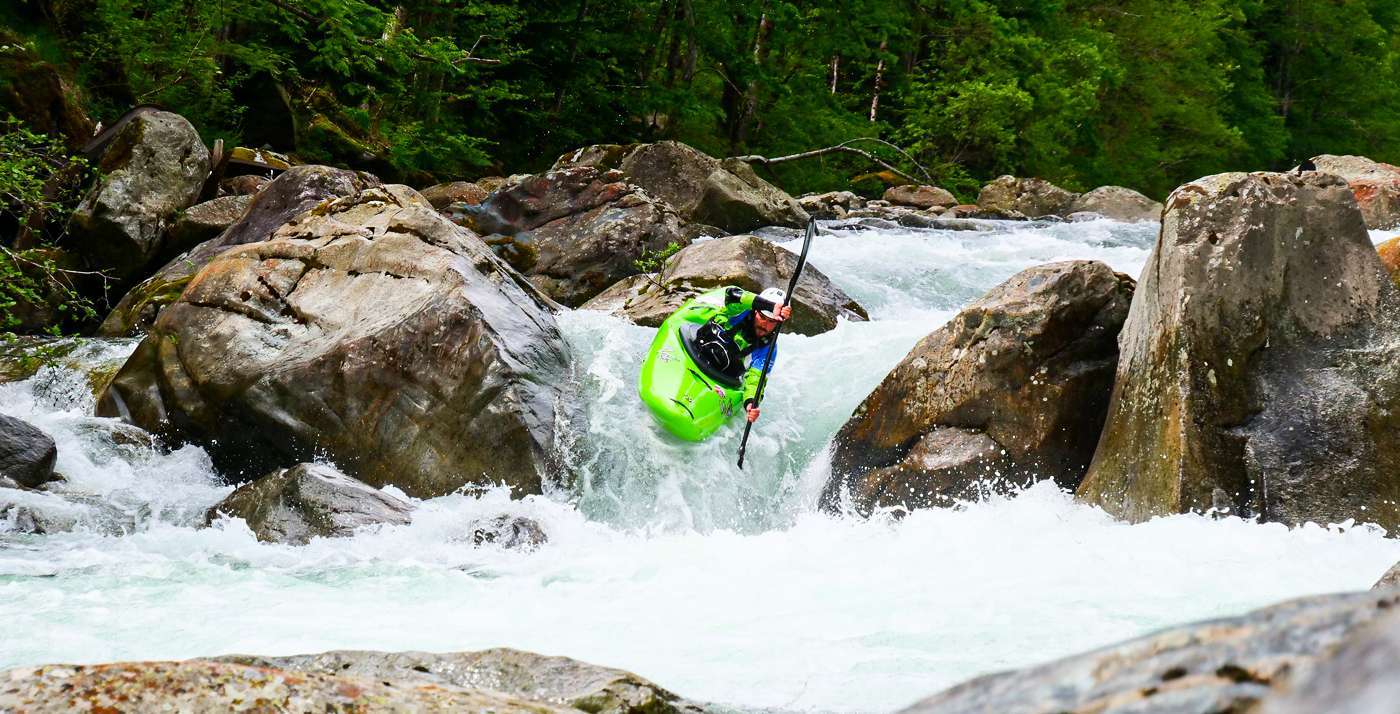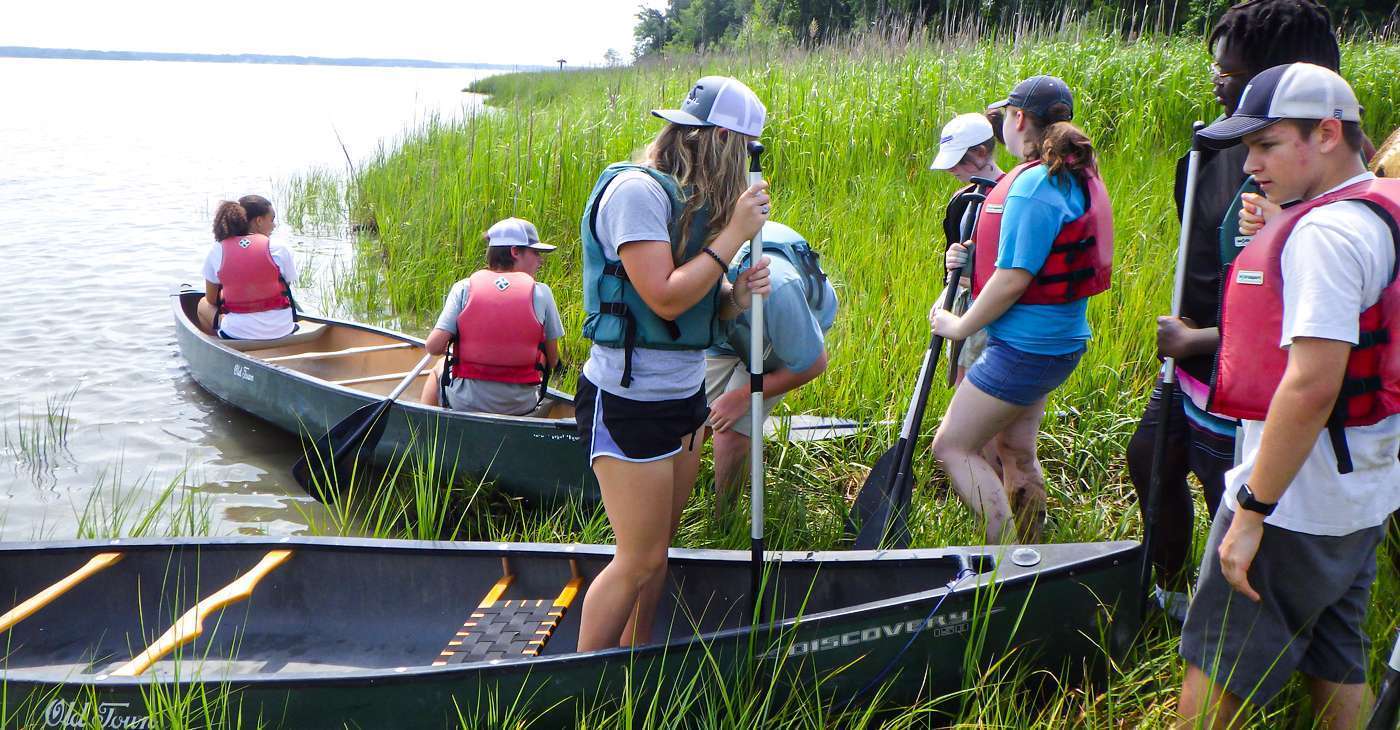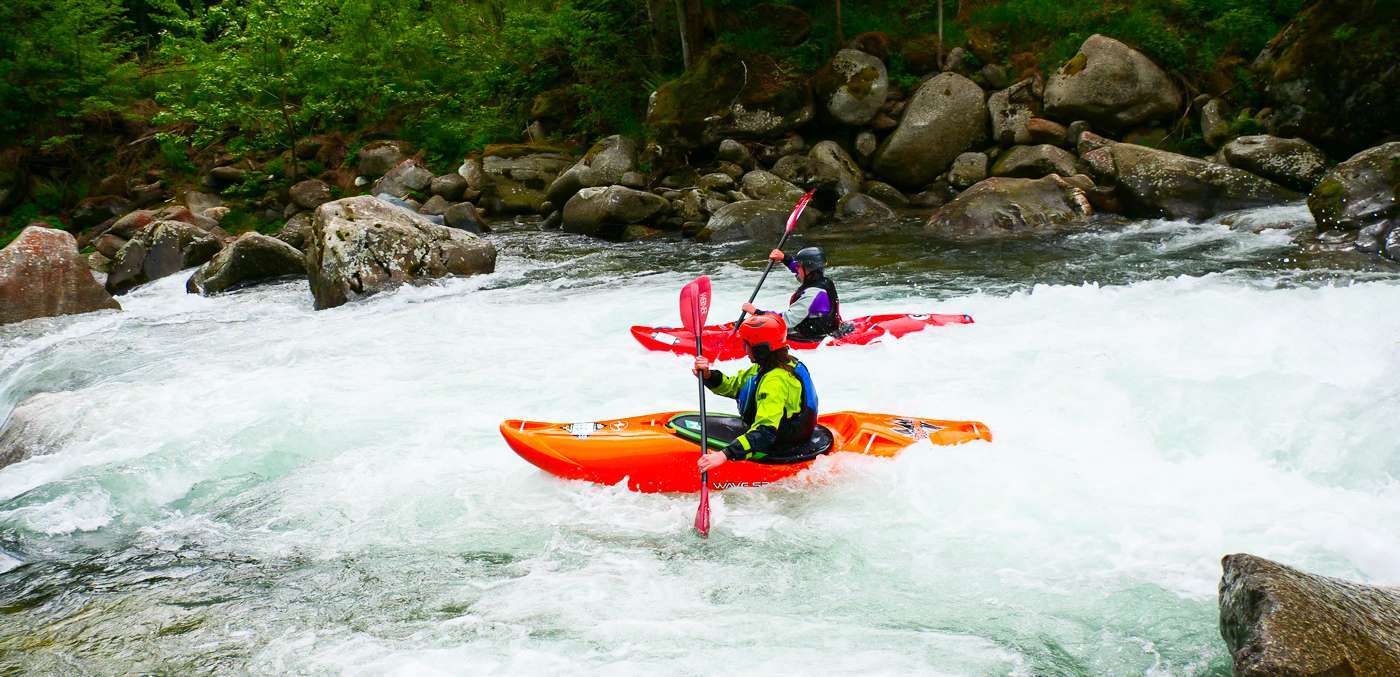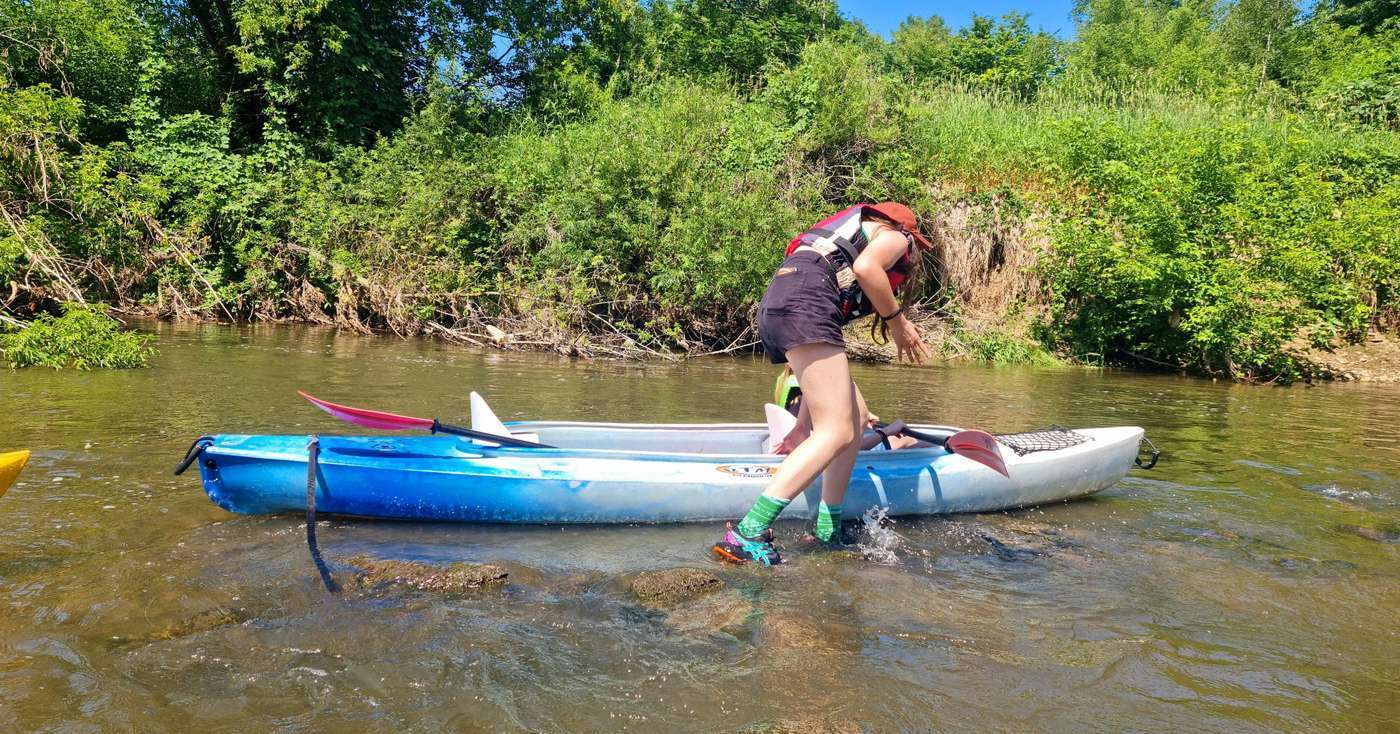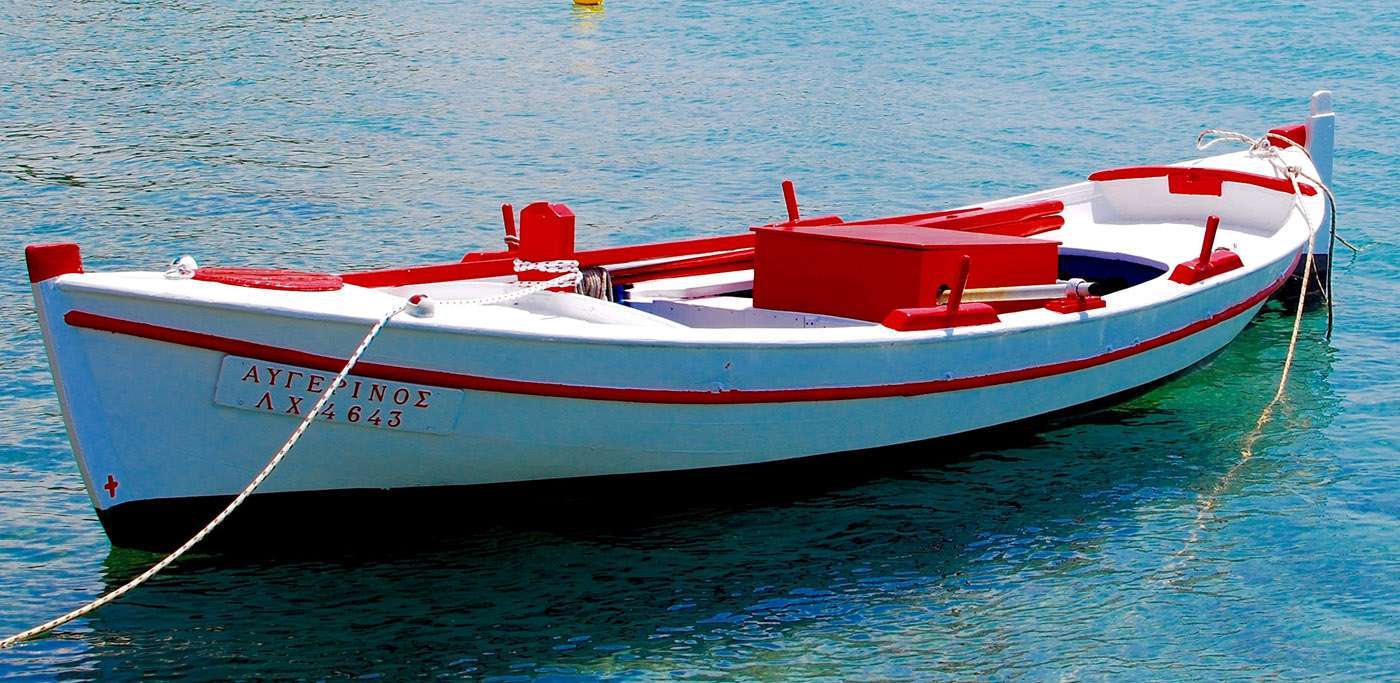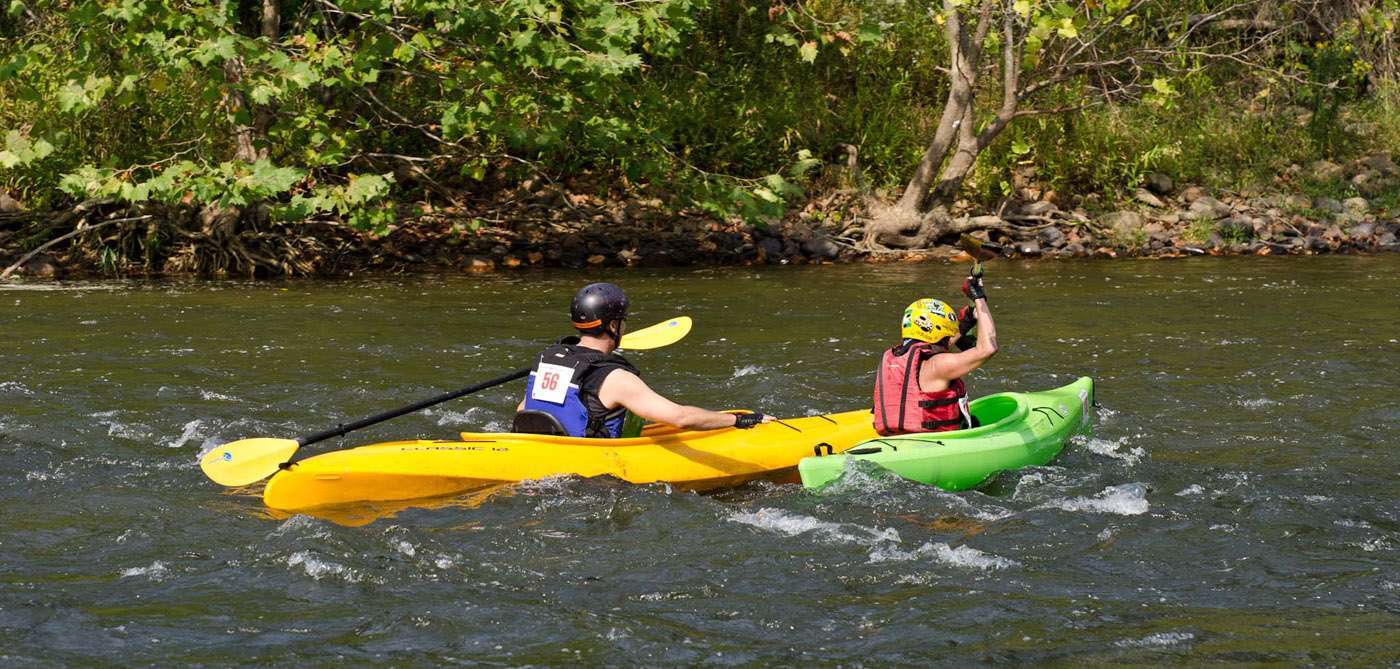Anatomy of a Paddle Stroke
Paddlers have a wide variety of choices to employ in their arsenal of paddle strokes. There’s...
Your Guide to Canoeing
Canoeing is a water activity in which people paddle their way through the water using either a single or double-bladed paddle while sitting...
The Best Way to Load a Canoe Onto Your Roof Racks
Manufactured in a variety of sizes and materials, canoes are generally both cumbersome and heavy. Additionally, once you’ve...
How to Outfit a Canoe for Fly Fishing
A canoe sits low in the water making it easy to access untapped fishing holes and move rapidly...
How to Build Canoe Seats
A sturdy canoe seat supports your weight and helps tie the canoe’s gunwales together, which creates a stiffer and stronger canoe....
Roadtrek Canoe Carrying Options
Roadtrek RVs have raised roofs that can make carrying a canoe seem difficult. However, the vehicles are compatible with several roof racks...
How to Carry a Canoe
If it is your first time carrying a canoe, it is a good idea to have someone assist you in lifting...
How to Paddle a Two-Person Canoe
If you have ever tried to paddle a two-person canoe, you know how challenging it is. When done correctly, it can look easy, but it takes...
Packing a Canoe
Planning and preparation can make packing a canoe easier. Packing a canoe is not hard to do as long as you don’t try to overload the...
How to Tie a Canoe on a Car Roof
If you want to take your canoe on a trip, you won’t need to purchase a trailer to haul it....

